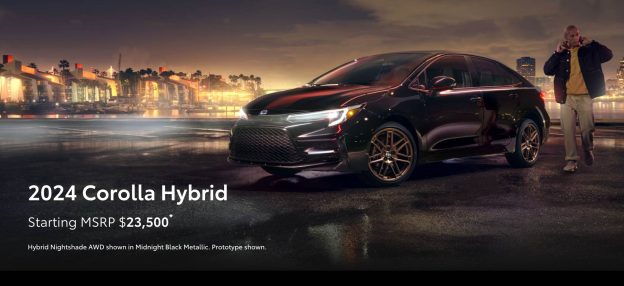Having a baby later in life, typically referring to the late thirties and beyond, has both advantages and disadvantages. Let’s explore the pros and cons in detail:
Pros and Cons of Having Baby Late
Pros of Having a Baby Late:
- Emotional Readiness and Maturity: Older parents often have greater emotional readiness and maturity to handle the challenges of parenting. They may have a better understanding of themselves, their values, and their priorities, which can contribute to a more stable and nurturing environment for the child.
- Financial Stability: Having a baby later in life can provide more financial stability. Older parents tend to have more established careers and financial resources, which can help support the child’s upbringing, education, and overall well-being. They may also have more comprehensive insurance coverage and savings for the child’s future.
- Life Experience and Wisdom: Older parents bring a wealth of life experience and wisdom to their parenting role. They may have gained valuable knowledge and skills through their personal and professional journeys, which can benefit their child’s upbringing. Their broader perspectives and diverse experiences can also contribute to a rich and nurturing environment for the child.
- Established Support Networks: Older parents often have more established support networks, such as extended family, friends, and professional connections. This gives parents and child support, help, and comfort while parenting.
- Personal Fulfillment and Accomplishments: Having a baby later in life can allow parents to pursue personal goals, achievements, and self-fulfillment before starting a family. They may have had the opportunity to travel, pursue higher education, establish their careers, or engage in hobbies and interests. This can result in a sense of personal fulfillment and contentment when they eventually embark on the parenting journey.
You may also like to know: Pros and Cons of Having a Baby in Early Age
Cons of Having a Baby Late:
- Decreased Fertility and Increased Health Risks: As individuals age, fertility declines, and the chances of experiencing fertility-related difficulties, such as infertility or pregnancy complications, increase. Older parents may face challenges in conceiving naturally and may require medical interventions or assisted reproductive technologies. Pregnancy in later years also carries a higher risk of certain health complications for both the mother and the baby.
- Energy and Physical Stamina: Parenting requires significant energy and physical stamina. Older parents may face challenges in keeping up with the demands of a young child, especially during the early years when children require constant care and attention. Sleep deprivation and the physical demands of childcare can be more challenging for older parents.
- Generation Gap and Social Isolation: Having a baby later in life can result in a significant generation gap between the parents and their peers, as well as the child and their peers. This may lead to social isolation or difficulties in finding relatable support networks. Older parents may have different interests, priorities, and lifestyles compared to their peers who are not in a similar life stage.
- Longer-Term Planning and Worries: Older parents may have concerns about their ability to be actively involved in their child’s life as they age. They may worry about their own health, longevity, and the potential impact on their child’s upbringing. Planning for the child’s future and considering support systems in old age may become more critical for older parents.
- Less Time with Adult Child: Having a baby later in life may mean that parents have fewer years to spend with their child as an adult. The child’s parents may not be around for their big life events. This can lead to a sense of loss or missed opportunities for both the parents and the child.
Having a baby later in life is a personal choice based on one’s situation and goals.










